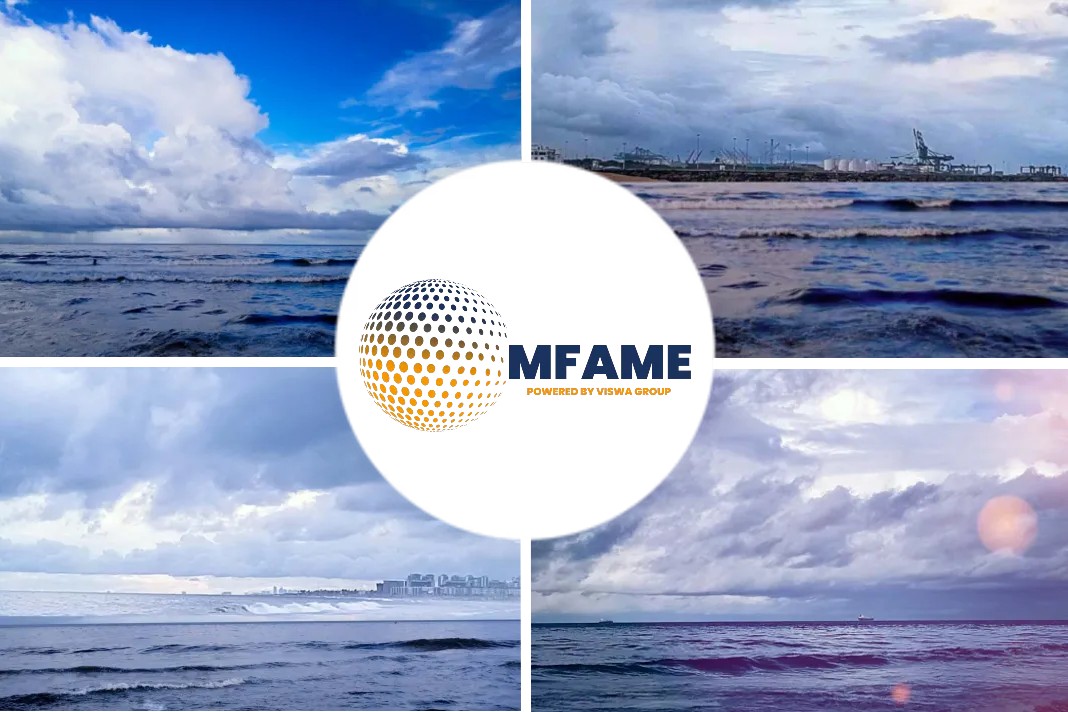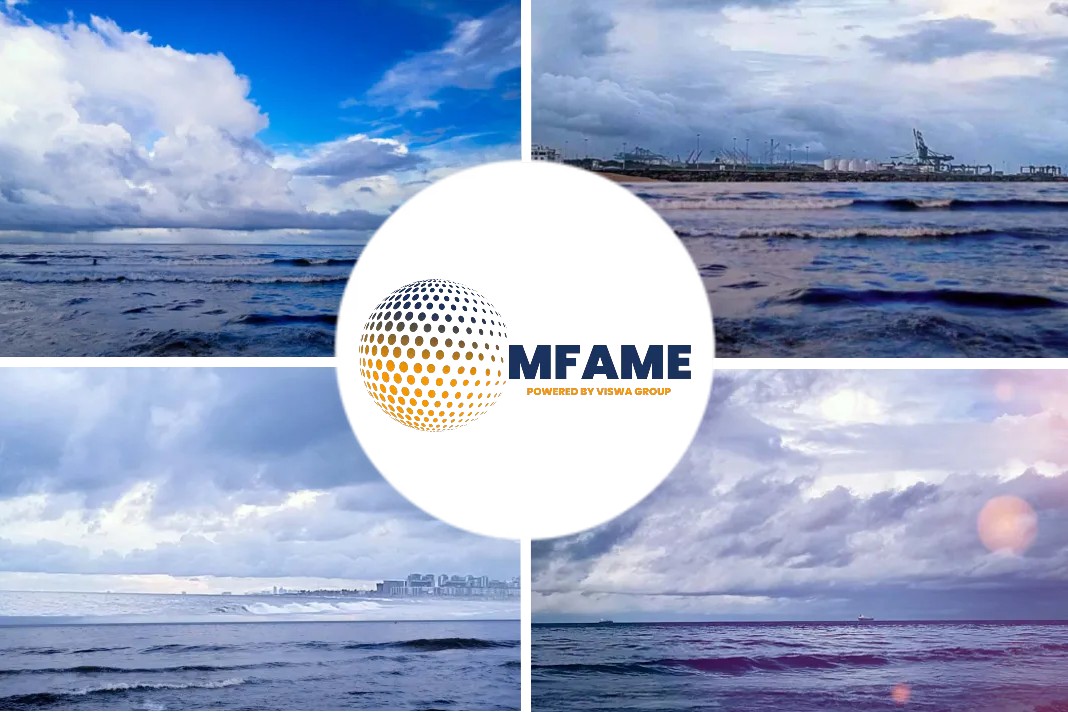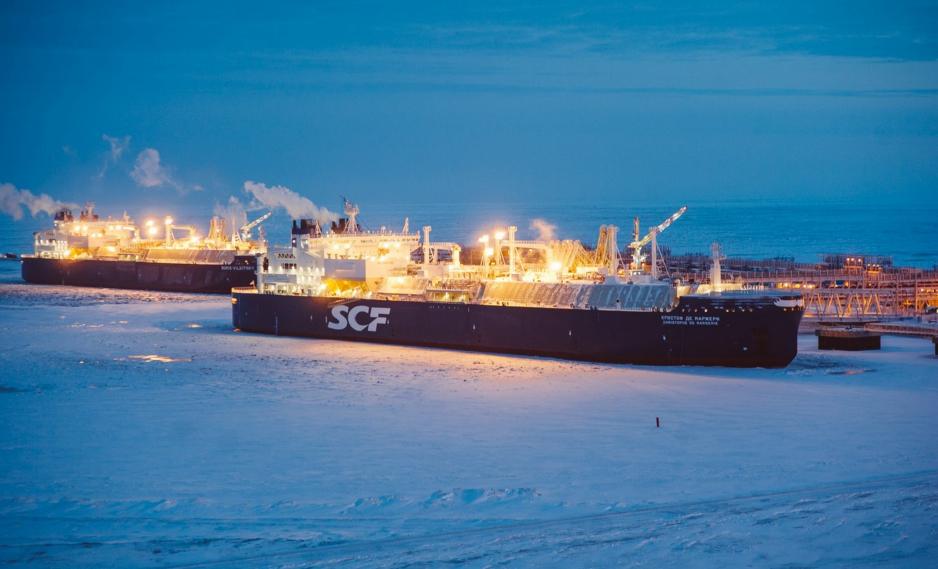A different reality
In a recently published article by Marine Policy, Gunnarsson looks at ship traffic and developing shipping trends on the NSR in the period from 2016 to 2019. His research shows that shipping activity along the Northern Sea Route, off the northern coast of Russia, is increasing rapidly.
According to the study, the increase in the number of voyages was the result of more internal traffic on the NSR as well as increase in destination shipping between Southwest Kara Sea and European ports, by LNG [liquified natural gas] carriers and gas condensate tankers.
Analyzing the Traffic
In analyzing the international traffic during the period, Gunnarsson finds that there were much fewer Asian shipping companies working on the NSR than European companies. Much more frequent voyages are also taking place between the NSR and European ports than ports in the Asian Pacific region.
To High North News, Gunnarsson says many of the Asian shipping companies, led by the Chinese COSCO Shipping, have mainly expressed interest in international transit shipping on the NSR; a voyage that goes between two non-Russian ports, but via the NSR.
European shipping companies were on the other hand much more involved in domestic shipping on the NSR, with up to 23 companies working each year, providing general cargo vessels, bulkers, heavy lift carriers, and offshore support vessels. Most of these voyages were between Murmansk and Sabetta and locations offshore in the Kara Sea and in the Ob Bay.
 A logistical advantage
A logistical advantage
Gunnarsson adds that companies based in Northwestern Europe had a logistical advantage compared to Asian companies due to shorter travel distance to the Ob Bay.
European vessels, during the period studied, could also provide several ice-strengthened vessels and many of the companies had extensive experience in ice navigation during winter operations in the Baltic Sea.
Overall however, Russian domestic shipping activities on the NSR are the largest in terms of number of shipping companies, vessels and voyages.
Russian owned/operated shipping companies were 62–73 percent of all shipping companies working on the NSR in 2016–2019, and owned/ operated 66–83 percent of all vessels and made 75–87 percent of all voyages.
Did you subscribe to our daily newsletter?
It’s Free! Click here to Subscribe!
Source: High North News
























